the True Heart of Japan
Sometimes a name keeps popping up that intrigues you but doesn’t register on a deeper level. Such is the case for the word or name Nipponia. I first came across the Nipponia Hotel in Kushimoto, Wakayama. One of the newest hotels in the chain, it’s not quite on the radar yet – watch this space!
We’re huge fans of Wakayama with a couple of our own projects in the area.
With the name Nipponia coming up more and more often I started to do some research. I immediately fell in love with the concept of this hotel group and I think you will love it too.
You may not know that Japan is in the grips of a crisis that shows no signs of abating. The problem is that of the ageing population, with 30% or more people over the age of 60. Another problem that exacerbates this is rural-urban migration. Japan is littered with small rural towns barely eeking out an existence after jobs dried up and young people moved to seek work in cities like Tokyo or Osaka.
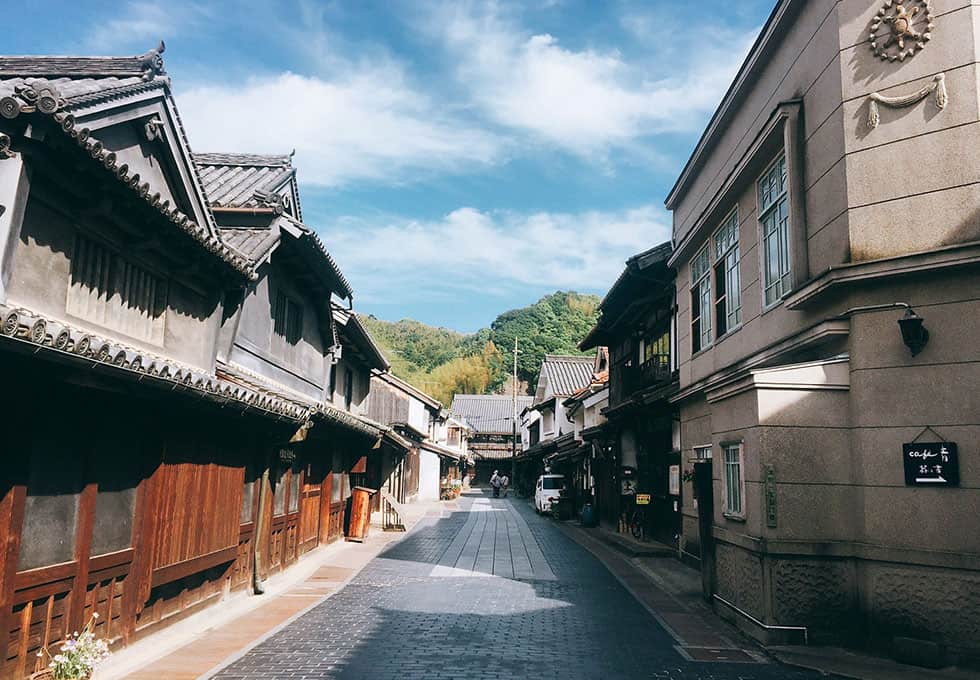
Enter companies like Nipponia
(parent company VMG)
“… creates tourism demand through the use of old houses in Kushimoto-Cho, Higashinada-gun promotes exchanges utilizing the rich nature and food of Kushimoto-Cho and makes use of local resources for income or employment. The purpose is to make efforts to increase the number of people and to revitalize the region”
Nipponia Hotels are being developed right across Japan with a keen eye towards nostalgic stays and memory-creating experiences. Traditional homes and buildings are lovingly converted into hotels and restaurants, preserving as much of the history as possible to retain the unique charm of the era and the area.
We think a couple of months stay in Japan should be enough time to experience each of these rich historical areas. We’ve created an itinerary for you. This is an unbiased, non-sponsored post. We just love the concept and want to share it with you. With most of their resources in Japanese, it’s hard to discover these gems by yourself.
First stay near Tokyo
Start your adventure in Tokyo, flying into Narita or Haneda.
Your first hotel is:
佐原商家町ホテル NIPPONIA / Nipponia Sawara (link)
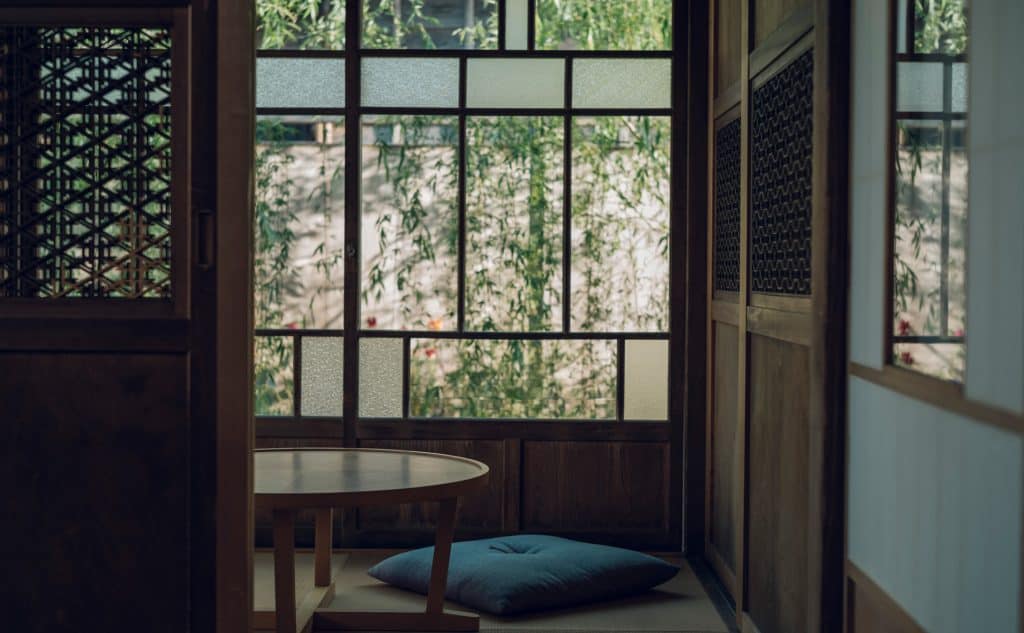
The merchant town Edo Experience, staying amid the 600-year history of Sawara.
Merchant town Sawara, which flourished by taking advantage of water transportation on the Tone River in the Edo period, has been designated as one of the Important Preservation Districts for Groups of Historic Buildings, and the Sawara Festival, which has been held since the Edo period, has been registered as UNESCO World Intangible Cultural Heritage.
VMG group
Sawara Merchant Town Hotel NIPPONIA portrays Sawara town as a single hotel with buildings, including at least one merchant home built more than 200 years ago, in various parts of the city.
The atmosphere of Edo, which has been lost in Tokyo through the changing times, remains fresh and alive here in Sawara, with nostalgic but fresh spectacles appearing before your eyes. As you stroll through town with a fresh breeze blowing, imagine the history of Sawara and experience the culture of this living merchant town.
Next stop, Nara
You’ll make your way west to Nara (by train) where you will stay at the:
NIPPONIA HOTEL 奈良 ならまち / Nipponia Naramachi (link)
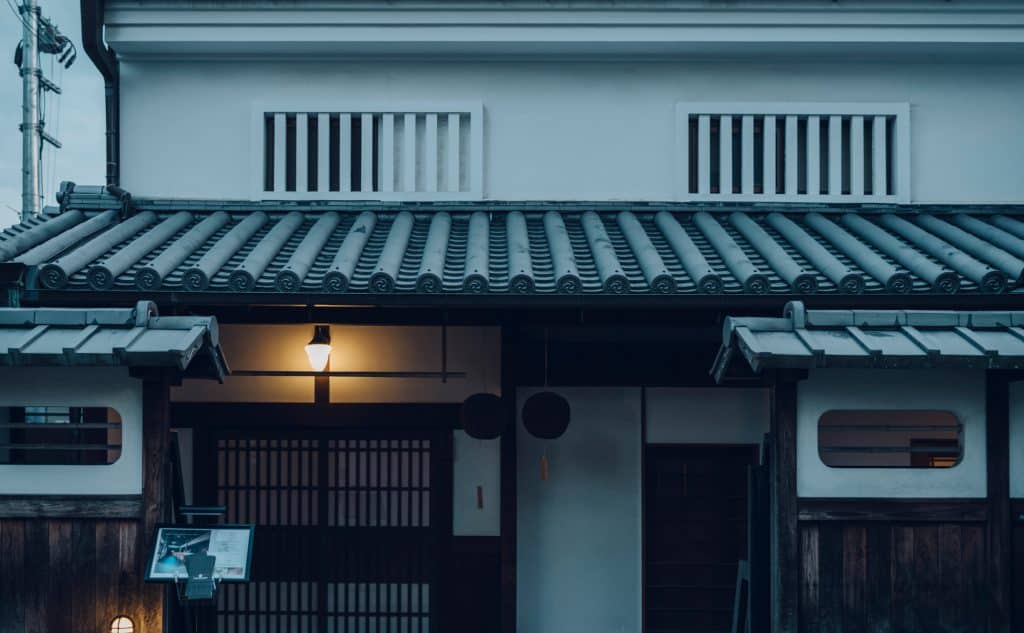
Experience the charm of sake and the ancient capital in Nara, the birthplace of sake.
Nara is said to be the first place in Japan where sake was brewed using rice. Realizing the concept of a “sake hotel,” NIPPONIA HOTEL Naramachi stands in the Naramachi area in the former grounds of Gangoji Temple, in a precinct that retains distinct townscapes from the Edo to Taisho periods.
In line with this concept, the hotel was renovated from a grand traditional residence and the former brewery of the Toyosawa Shuzou company, which was founded in the Meiji period. Dine at a counter in the hotel’s Restaurant Le Un in a space renovated from the former doma earthen floor part of the residence. The restaurant has an extensive cellar, including rare sakes exclusive to Restaurant Le Un and raw sakes delivered directly from Nara Toyosawa Shuzou. Enjoy to your heart’s content the pleasure of pairing sakes with dishes highlighting the local produce of Nara.
Saseyama Area
Bypassing Osaka, you will head directly to your next destination (again by train):
福住宿場町ホテル NIPPONIA / Nipponia Fukusumi
(link)
OR
篠山城下町ホテル NIPPONIA/ Nipponia Saseyama
(link)

Nipponia Saseyama
Northern Hyogo
Heading further into northern Hyogo prefecture, towards the sea you’ll stay in a slightly different place:
オーベルジュ豊岡1925 / Auberge Toyooka 1925
(link)
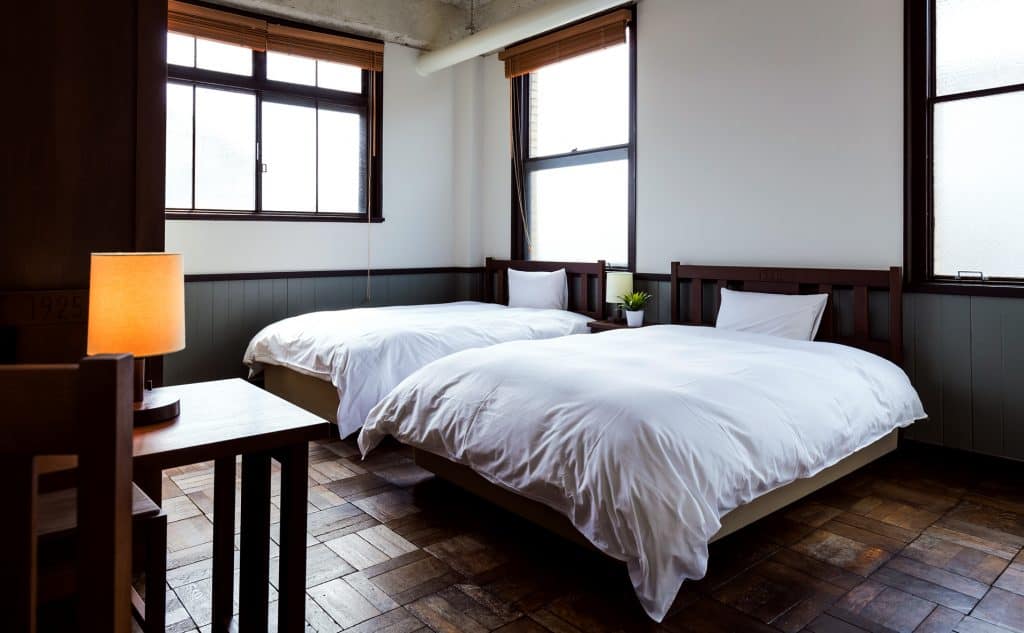
A town-center auberge located in the center of Toyooka.
Auberge Toyooka 1925 was renovated from the building used as the Toyooka Branch of the Hyogo Prefectural Agricultural and Industrial Bank (formerly Toyooka City Hall Southern Building). It is now modernization heritage designated a National Registered Tangible Cultural Property.
Offers rooms designed to preserve the modern architecture of the early Showa period, and French cuisine prepared from local produce. The hotel also has a sweets shop and a bar.
Get in touch with the history of Toyooka at Nakajima Jinja Shrine, which enshrines the sweets deity Tajimamorinomikoto and is not far away. Tsuiyama fishing port is close, so guests can enjoy the delights of seafood from the Sea of Japan, while the fertile soil has also made famous such brand produce as Tajima Beef, Kasumi Crabs, and Kounotori Rice. One of the best parts of your stay will be to stretch your wings and do a tour of the hot springs at Kinosaki Onsen. We hope you enjoy a relaxing time.
Western Japan
Your journey continues to take you west, this time to:
NIPPONIA HOTEL 竹原塩田町 / Nipponia Takehara
(link)
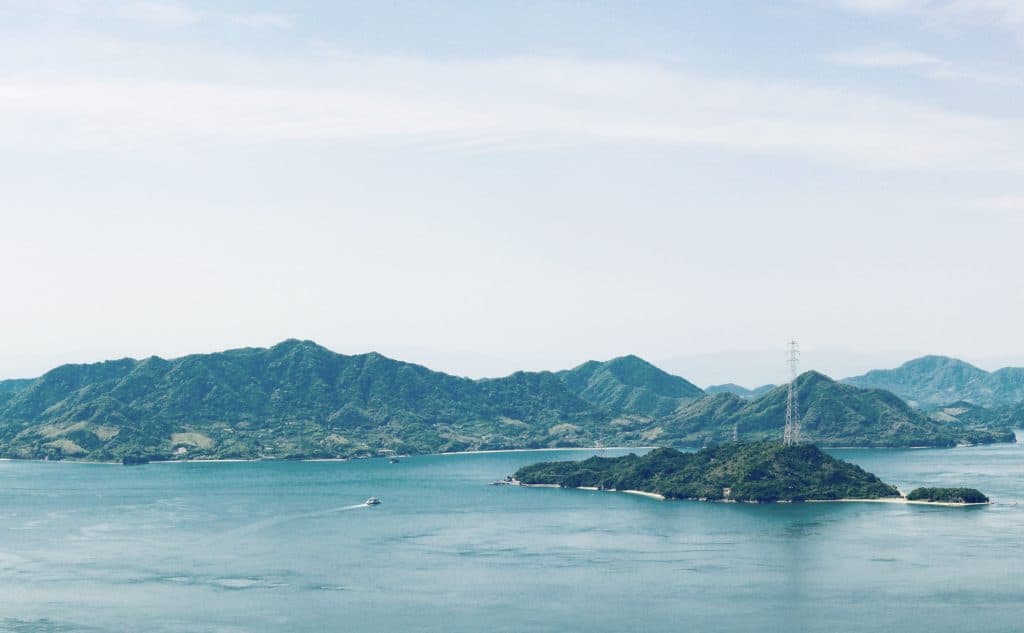
Relive the days of the “Hama-danna” in Takehara, made prosperous by the bounty of Setouchi, salt, and sake.
Takehara is a salt town that retains the beautiful townscapes of olden times when the salt industry flourished. The splendid residence of the wealthy salt farm owners, known as the “Hama-danna” (“salt magnates”), sits at the heart of the townscape today. Their scholarly attainments were extensive, they had very discerning tastes in food, and now Takehara’s food culture thrives. Thanks to the Hama-danna, the town has an extensive historical legacy of development.
NIPPONIA HOTEL Takehara Salt Farm Town lets you experience the life and culture of the Hama-danna. Superior local sake made by 3 long-established sake breweries established more than 150 years ago. Produce such as seafood, citrus, and olives nurtured in the mild climate of Setouchi. Expand your gourmet horizons by combining a variety of sakes and produce with the different tastes of salts from different areas made using different methods.
Experience a journey of new discoveries through the cultivated lifestyles of the Hama-danna in a city that retains this culture.
Kyushu?!
If you think you will make it as far as Kyushu (why not?!!) then the last in the chain is:
HOTEL CULTIA 太宰府 / Nipponia Dazaifu / Hotel Cultia
(link)
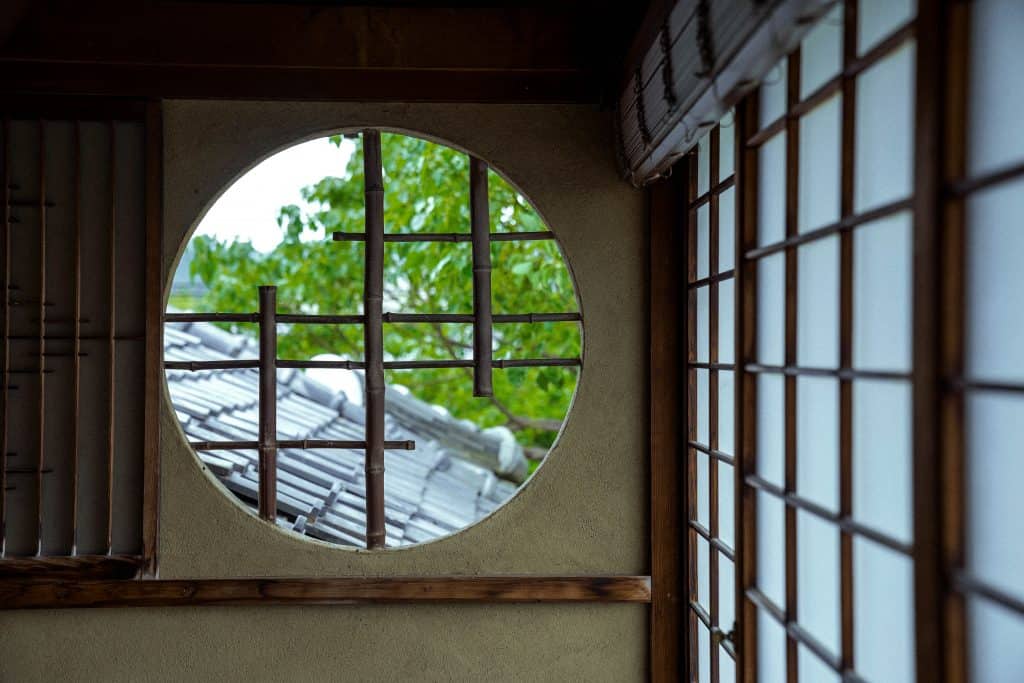
What do you think?
What an incredible tour of the pockets of Japan. Let us know which ones you plan to visit. You could take advantage of a Japan Rail Pass for this trip!
See the entire list here on Google Maps and you’ll see how much of Japan’s magnificent landscape and history you can experience:
https://goo.gl/maps/42VW9iuDSzh5x7Nk7
Post by Bartok design team member Jacqui
Leave a Comment